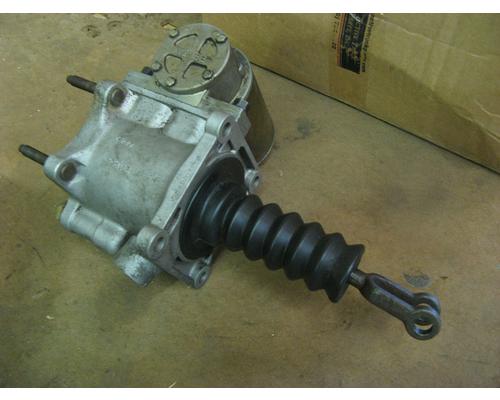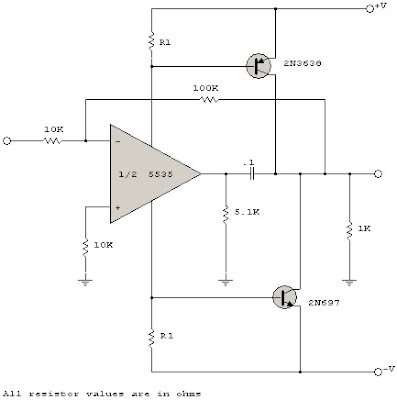
All information these cookies collect is aggregated and therefore anonymous. They help us to know which pages are the most and least popular and see how visitors move around the site. Performance Cookies: These cookies allow us to count visits and traffic sources so we can measure and improve the performance of our site. If you do not allow these cookies then some or all of these services may not function properly. They may be set by us or by third party providers whose services we have added to our pages. Functional Cookies: These cookies enable the website to provide enhanced functionality and personalization. These cookies do not store any personally identifiable information. You can set your browser to block or alert you about these cookies, but some parts of the site will not then work. They are usually only set in response to actions made by you which amount to a request for services, such as setting your privacy preferences, logging in or filling in forms. Strictly Necessary Cookies: (Always Active) These cookies are necessary for the website to function and cannot be switched off in our systems. After we finish updating our website, you will be able to set your cookie preferences.

The float charging maintains the battery voltage.The battery is put on the float charging mode only after attaining the correct float voltage.Once the battery is in the state of fully charged, the battery charging can be switched over to float charging.During boost charging the exhaust fans of the battery, the room must be in operation because heat, as well as gas generation, is more when the battery quickly charges on boost.There are chances of overcharging the battery in the boost charging mode.If the battery remains on the boost charging for a longer period of time then the battery overcharges and is apt to fail. When the battery gets fully charged, the charger voltage needs to be lowered to the correct float voltage.Therefore, there is a need to adjust the boost voltage after dropping of battery charging current. However, the increased charging current causes a voltage drop in the battery’s internal resistance. Boost voltage increases the battery charging current.The boost charger charges the battery after the battery gets exhausted on delivering power to the load when the AC mains fails.The battery charges at a faster rate on the application of boost voltage. When the battery discharges, its terminal voltage falls. This option of charging is suitable when the battery needs charging just after battery discharge. The boost charger charges the batteries faster.The boost charger has a separate transformer and rectifier unit of a higher current rating.Therefore, the battery draws more current in boost charging.

In the boost battery charging process, the charging voltage is above the normal float setting voltage.Now we will discuss the features of the boost charger and float charger in detail. However, the new battery chargers, function on SMPS technology, and has a single unit charger that functions as a boost cum float charging. Generally, the battery charger unit has a separate boost charger and a float charger of different ratings. On the other hand, the float charger slowly charges the battery to maintain the battery terminal voltage. The boost charger quickly charges the battery. In this article, we will discuss the difference between a float charger and a boost charger.


 0 kommentar(er)
0 kommentar(er)
